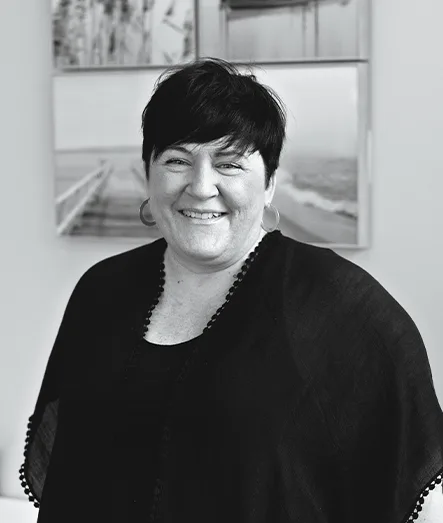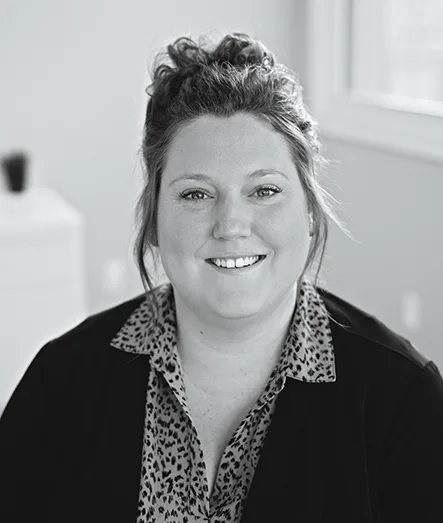I think we can all agree that this year has been incredibly tough for everyone. Many of us are finding the events of 2020 to be overwhelming and as with any prolonged period of stress, it takes a toll on our mental health.
Perhaps the most concerning thing we are seeing during this time, is the impact it is having on our children. We are receiving countless calls from concerned parents explaining that their child experienced, what they believe, to be their first panic attack. These panic attacks often mean the child is sent home from school, or is unable to go into school due to their symptoms.
In a society that is quick to label children “resilient”, this eye-opening time is showing us that children are not as resilient as we would like to believe and that they are feeling every bit as anxious and unsure as we are right now.
Witnessing a panic attack is a frightening thing for a parent and even more frightening for the child. The American Academy of Child and Adolescent Psychiatry lists the following common symptoms of panic attacks in children and youth:
- Intense fearfulness (feeling that something terrible is happening)
- Racing or pounding heartbeat
- Dizziness or light-headedness
- Shortness of breath or feeling like they are being smothered
- Trembling or shaking
- Sense of unreality
- Fear of dying, losing control, or losing your mind
I would also like to note the other following symptoms that many parents are reporting to us:
- Unexplained stomach aches/pains that become extremely intense
- When out in public the child explains that they need to get out of somewhere immediately, to the point where they can’t breathe and need to be away from crowds of people.
Life has changed so drastically for our children, and even the reintroduction of school is vastly different to what they are used to. Any big changes like this can bring anxiety and panic issues to the surface.
To help families who are dealing with this, we want to first explain three different types of anxiety and then give you some tips you can try at home, and some recommended treatments for anxiety.
TYPES OF ANXIETY
As mentioned above, we are going to give a brief overview of three types of anxiety:
- Generalized Anxiety:
This is when a person has an excessive amount of worry or anxiety around several different areas of their life (for example, health, finances, relationships, work etc.) - Phobias:
A phobia is an intense fear of a specific situation or thing/object that is out of proportion to its threat. - Panic:
When someone experiences “panic” they are having an extreme, anxious response. During this time the individual will experience numerous physical symptoms (as listed above in the report) and is also overwhelmed by a feeling of dread.
WHAT TO DO WHEN MY CHILD IS EXPERIENCING PANIC AND ANXIETY:
Many therapists will teach different grounding techniques to help their clients when they are experiencing acute anxiety or panic. These things take time to perfect and can require ongoing support from a mental health professional.
There are several grounding techniques that can be used, and each person will find different ones more effective. Today we will share with you two popular techniques to teach your children (or yourself) should they experience symptoms of overwhelming panic and anxiety.
- 5-4-3-2-1 Technique:
This helps a person to take in their surroundings and bring all of their senses back “online”.
- First you will list 5 things you can see (the smaller the details the better – for example – an object you never noticed or a pattern on the wall/ceiling you never noticed before.)
- Next you will list 4 things you can feel. This can be details like how your clothing feels against your skin, feel free to pick things up around you to examine it’s weight, texture etc.
- Now move on to 3 things you can hear (this can include a clock ticking, electrical buzzing from an appliance, the wind outside, rain on the window etc.)
- What are 2 things you can smell?
- Finally, what is 1 thing you can taste? It would be worth carrying around with you some gum, candy or small snacks for this step if you are prone to anxiety or panic attacks. When you are on this step, pay close attention to the flavours as you become more grounded.
- Mental Exercises:
These are also helpful as they help take your mind off of uncomfortable thoughts and feelings, here are some to try.
- Describe the steps of something you do well – for children this might be something like, how to shoot a basketball, how to make slime, how to prepare their favourite snack/meal. (For example, if the child likes making pasta for dinner, “I would fill a pot with water, let it boil, once it is boiling, I put the pasta in and set a timer for 10 minutes, once the timer goes, I drain it and add my favourite sauce etc”)
- Name all of your friends or family members, their ages and their favourite things to do (for example, Grandma Jane is 55 and likes hiking with her dog, Uncle Jack is 35 and likes rock climbing and so on.)
- Name all the objects you see around you – this can work indoors and outdoors.
- Think of something in your mind and try to draw it in the air with your finger. (For example, your home, your family pet, a firetruck etc)
ANXIETY TREATMENTS:
Cognitive Behavioural Therapy
One of the most commonly used anxiety treatments is Cognitive Behavioural Therapy (CBT). CBT is identifying and challenging unhealthy thinking patterns with a trained mental health professional. CBT will also include relaxation skills, mindfulness and components of exposure therapy.
Medication
This can help control some of the uncomfortable symptoms of anxiety and panic and can be prescribed by a medical doctor. As medication does not fix the underlying problems of anxiety it is often recommended to be used in conjunction with therapy.
Relaxation Techniques
Along with the techniques mentioned above, there are other techniques that can help with managing anxiety in the moment. These include, deep breathing and progressive muscle relaxation (see our blog about this on our website.)
Written by Amy Dougley and Sharon Walker R.S.W Child and family therapist at Brant Mental Health Solutions.
The information contained in this report is for the sole purpose of being informative and is not to be considered complete, and does not cover all issues related to mental health. Moreover, this information should not replace consultation with your doctor or other qualified mental health providers and/or specialists. If you believe you or another individual is suffering a mental health crisis, contact your doctor immediately, call St. Leonard’s Crisis line at 519.759.7188 or call 911.


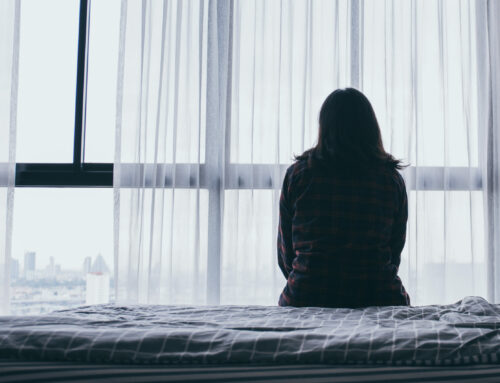

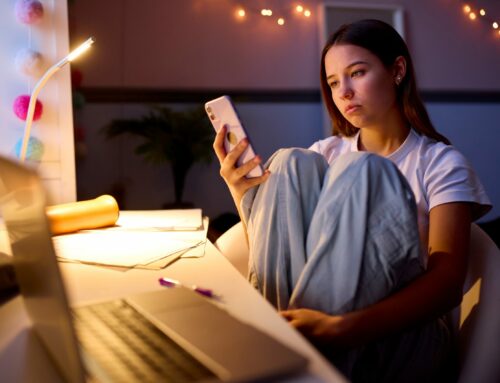







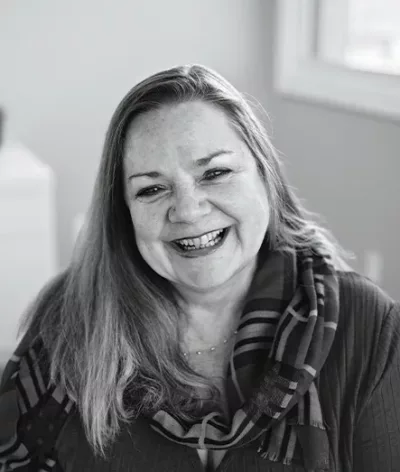 Sharon Walker, MSW, RSW
Sharon Walker, MSW, RSW Jordon Iorio Hons. BA, RSW
Jordon Iorio Hons. BA, RSW Christine Bibby, B.S.W., M.S.W., R.S.W.
Christine Bibby, B.S.W., M.S.W., R.S.W.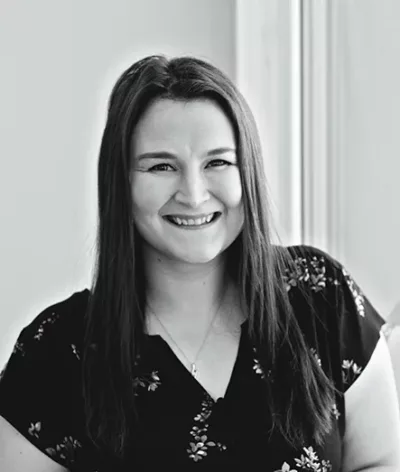 Brianna Kerr, RSW
Brianna Kerr, RSW Danielle Vanderpost, RSW
Danielle Vanderpost, RSW Daniela Switzer, MA, C.PSYCH
Daniela Switzer, MA, C.PSYCH Tammy Adams
Tammy Adams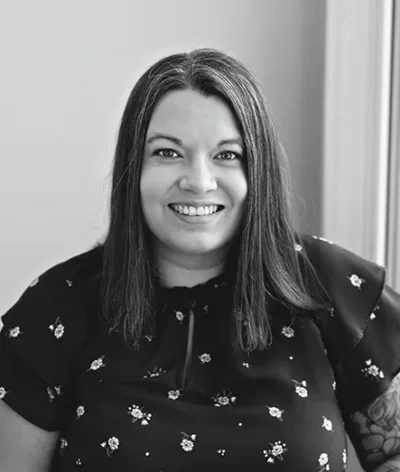 Jade Bates, RMT
Jade Bates, RMT Caitlin Schneider
Caitlin Schneider Dr. Crysana Copland
Dr. Crysana Copland
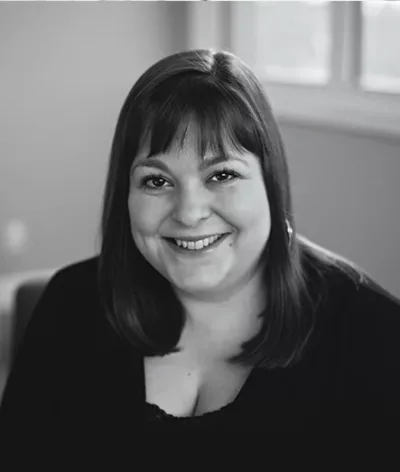 Amy Dougley
Amy Dougley Emily Green
Emily Green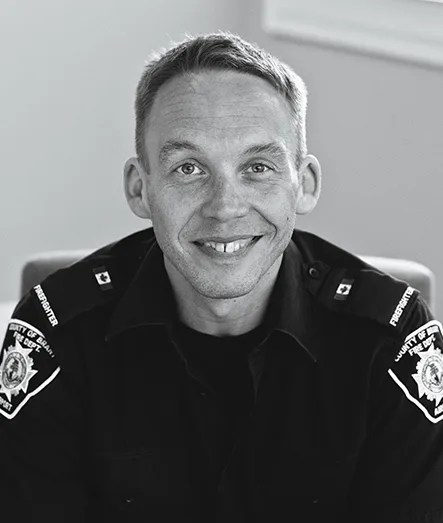 Bill Dungey, RSW
Bill Dungey, RSW